What determined your choice of subjects? Did you think of the acts yourself or were you given a list?
On the other hand, this freedom meant that when I got stuck with what to draw, it took a lot of thinking to get me out of my pickle - I didn’t have many pointers! But, as is so often the case with creative things, some of the pictures that puzzled me the most ended out being my favourite illustrations. I had a hard time figuring how to illustrate "Google wild facts" without just showing a person at a computer. Hopefully the end result, although slightly fantastic, shows how research can bring ideas to life, off a screen and into reality (or at least into imagination).
Did you work on the art at the location or from photos? Were any of the cards inspired by specific locations?
(Incidentally, I just read this great conversation between Sarah Perry and Amy Liptrot at Caught by the River, which includes a discussion about the difficulties in writing out of season - I can relate!)
In terms of specific places, I worked from memory a lot of the time - not to create exact replicas, but to get the feeling of a landscape. In the "Meditate in the wild" illustration, the bay was inspired by the beach at Hastings or Bexhill (near where I live) looking towards Eastbourne and Beachy Head. In the sketch a wild landscape illustration, I drew on our walk along the Grand Union Canal. For other pieces, I looked at photos and films of relevant landscapes to try to create appropriate backgrounds. In the "Watch a wild webcam" picture, there’s an osprey in the foreground and a landscape inspired by the hills of midwest Wales in the background.
What is your artistic process for something like this? Straight in with the pen or pencil sketches first? What equipment do you use?
All of the final images are black ballpoint pen on cartridge paper (sketchbook) - and a bit of whiteout, too! (That's Tipp-Ex or correction fluid to you.) There wasn’t a lot of reasoning behind that choice other than it’s what I had on hand when I began - and once I’d started I wanted to be consistent. If I did it again, I’d be interested to try out felt-tip pens. I knew the original images would be reduced a little in size for the cards, so I deliberately tried to keep them simple - lots of bold outlines, not too much shading. This also made them a bit like children’s book drawings, which appeals to me. I think Alison Lester’s artworks are gorgeous, and if my pictures captured even a little bit of the joy she is able to convey in her books, I’m happy.
For the first few images, I started with rough sketches and studies, but because pencil and pen are such different media (for me, anyway), I didn’t find that process very useful. As I continued, I tended to draw in proportions and light outlines with pencil and go at it with pen almost straight away. Some subjects required a bit more work, especially animals and people, where the proportions needed to be more accurate.
Were there any unused designs?
Which illustration did you do first? Which is your favourite?
- Google wild facts. As I said above, the idea for the image took ages to come up with, and it went through a couple of drafts, but ended up being one of my favourites.
- Read a wild book. I like the simplicity of this, the fact I’ve read in the grass so often and that the drawing came so quickly and easily (which I think comes across in the illustration; it doesn’t feel laboured).
- Pick up litter. Again, hard to illustrate! Mainly I liked finding somewhere to put bats and a bat box (I did an internship at the Bat Conservation Trust a few years ago, and I love the cute wee things!)
- Feel the wild between your toes. I’ve rediscovered my love of water over the last couple of years, inspired mainly by Roger Deakin’s fabulous book Waterlog. You should read it, then go and jump into a river!
- Write a wild poem. I enjoy how serene the poet looks and I hope the squirrel doesn’t drop something on her head! I wanted the people in my illustrations to reflect some of the diversity of the people who might take part in #30DaysWild. I know that when images of particular spaces (the countryside, boardrooms, clubs, new housing developments) are only ever populated by images of particular kinds of people (be that white, straight, young, able bodied, thin, cisgender, male, adult, rich, or whatever) it can send the message that those spaces are not “for” anyone else. I don’t want people to feel excluded from the natural world around them.
- Search for mini wildness. I spent a long, enjoyable time poring through mushroom books and fungi websites to make sure my tiny world was seasonally appropriate (even if all those species don’t grow in such close proximity).
- Look up at the clouds. Here’s one of the few where I prefer my original to the card itself. I like the story of the cloud becoming a butterfly (or vice versa), but I don’t think that comes across in the final design. I should say that I’m not at all miffed about this or other pieces being changed around for the cards - I was happy for the designer to do as they wanted with what I supplied. I’ve worked on the other side of this transaction and I know how time consuming and stressful it can be to have to get everything signed off by multiple people. Far easier for the folks in the middle if I handed the pictures across and let them do what they needed to do!
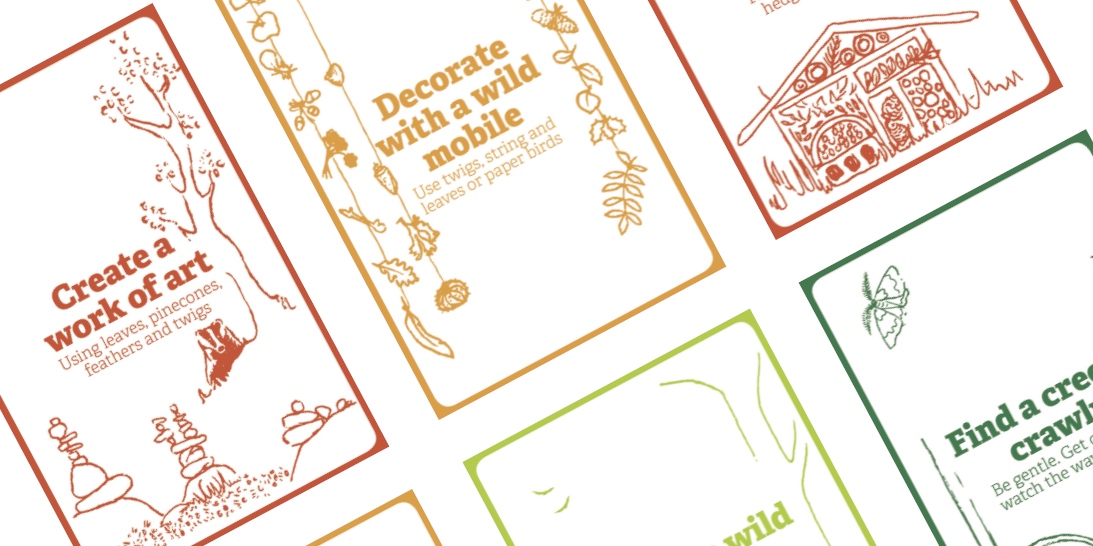
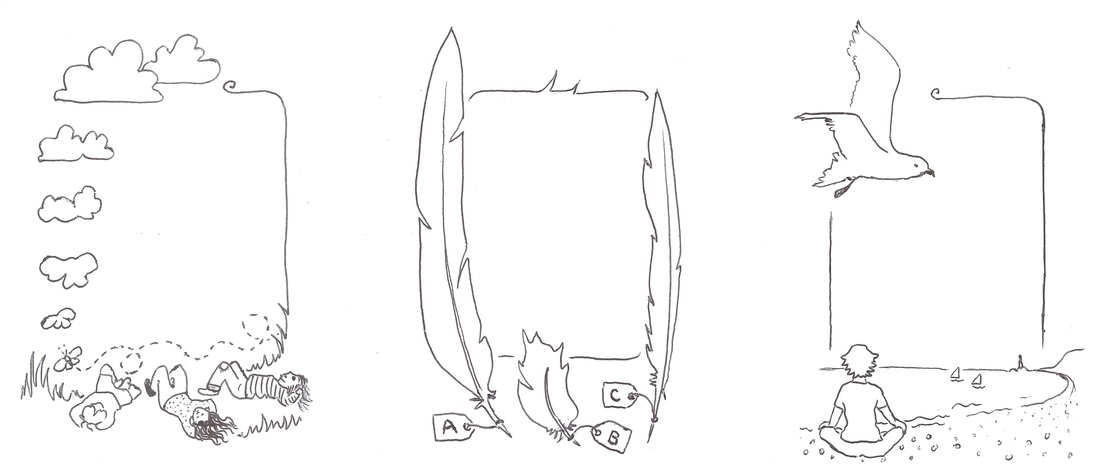
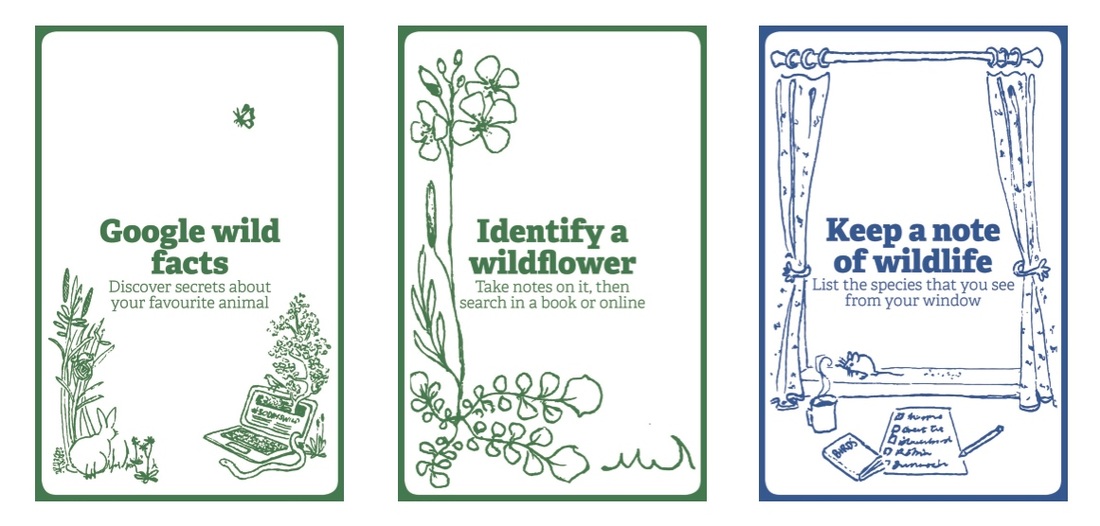
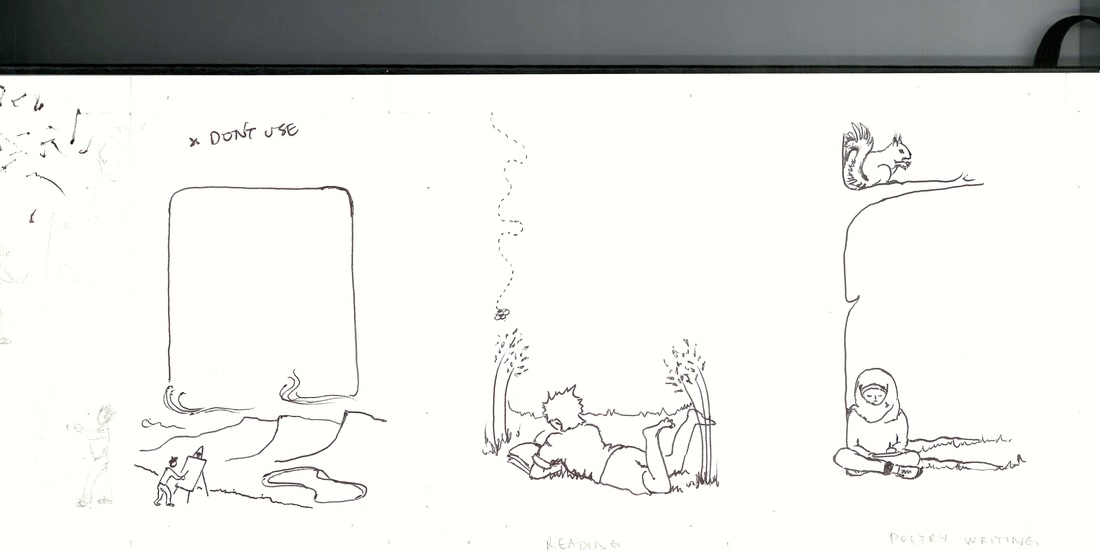
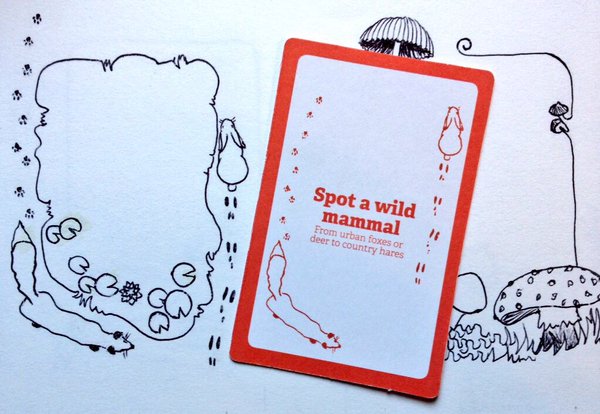
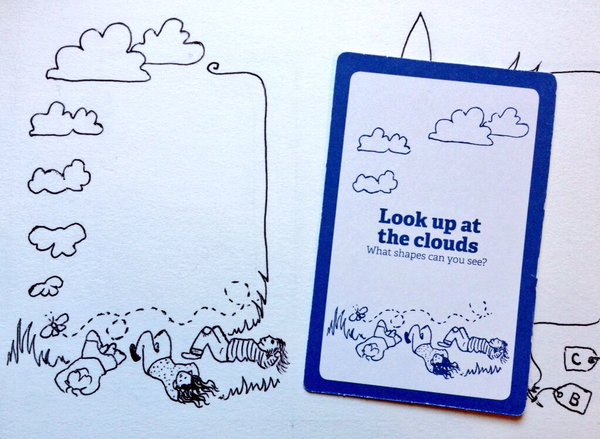
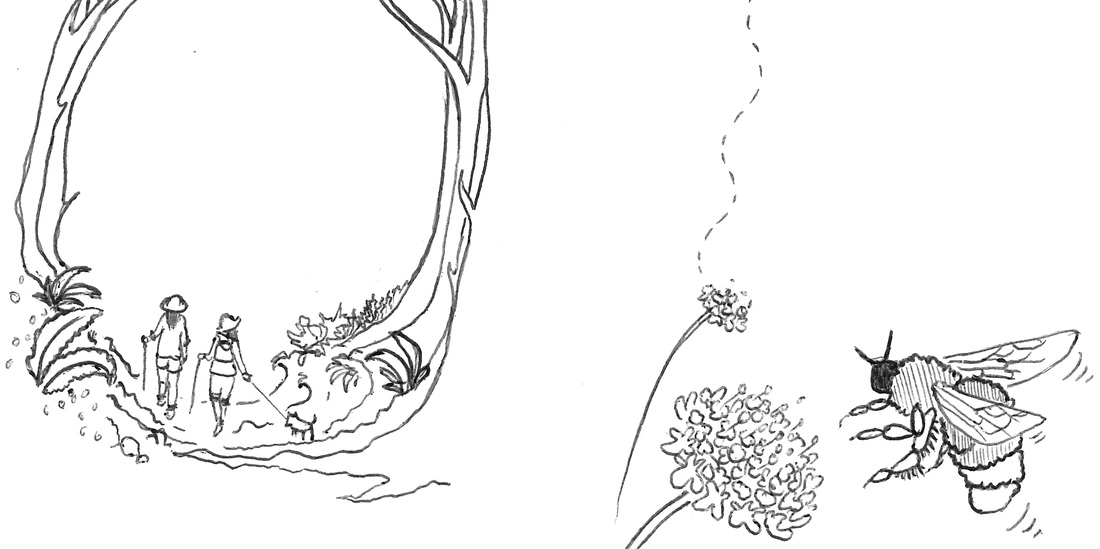
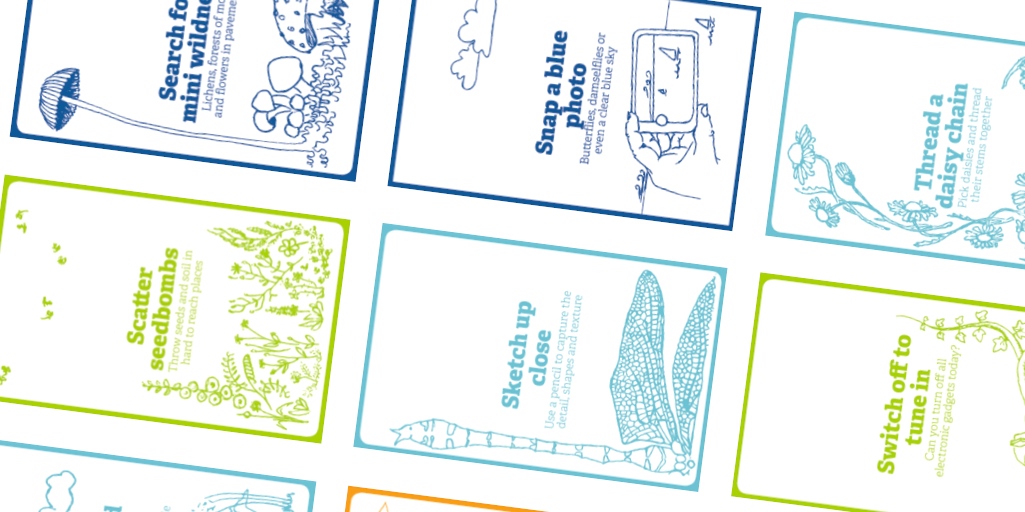
 RSS Feed
RSS Feed
